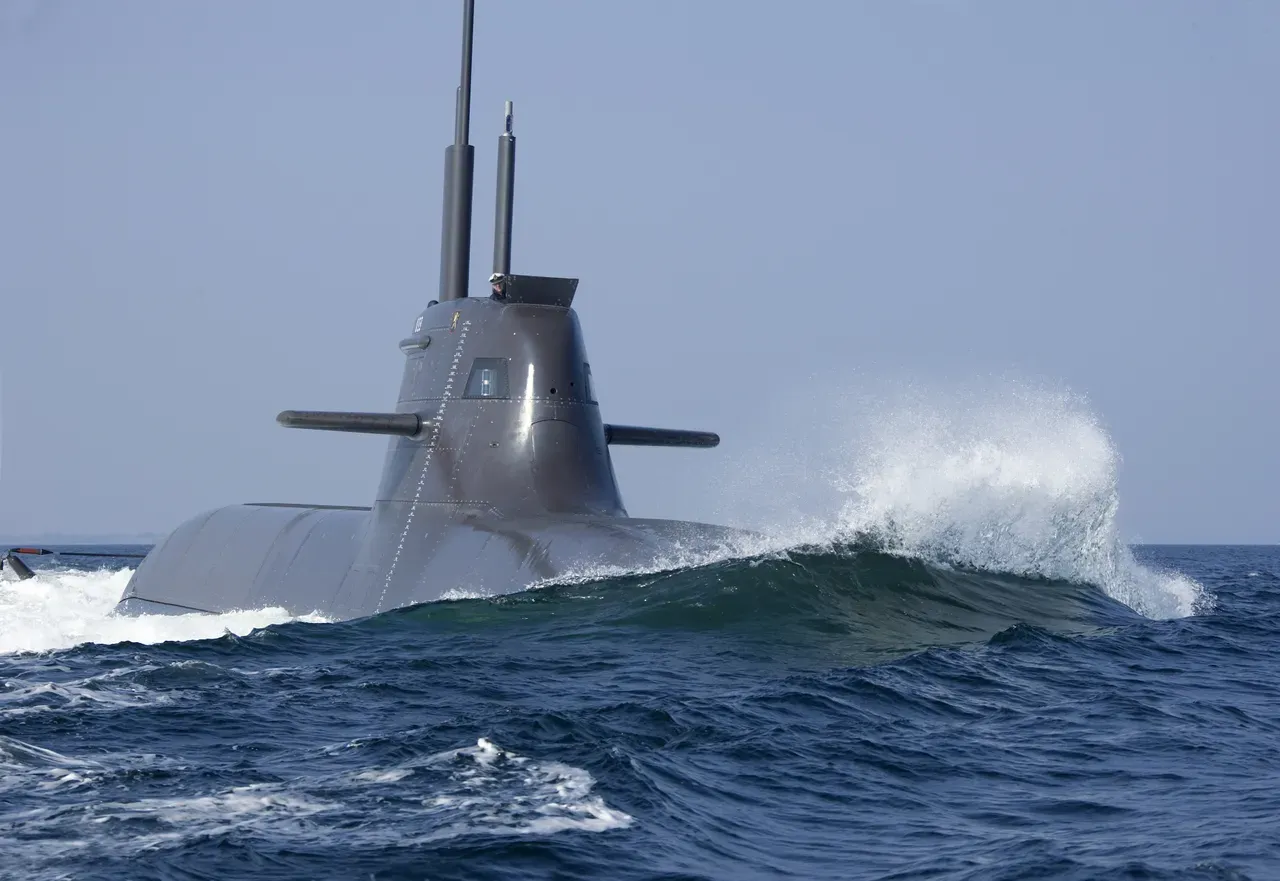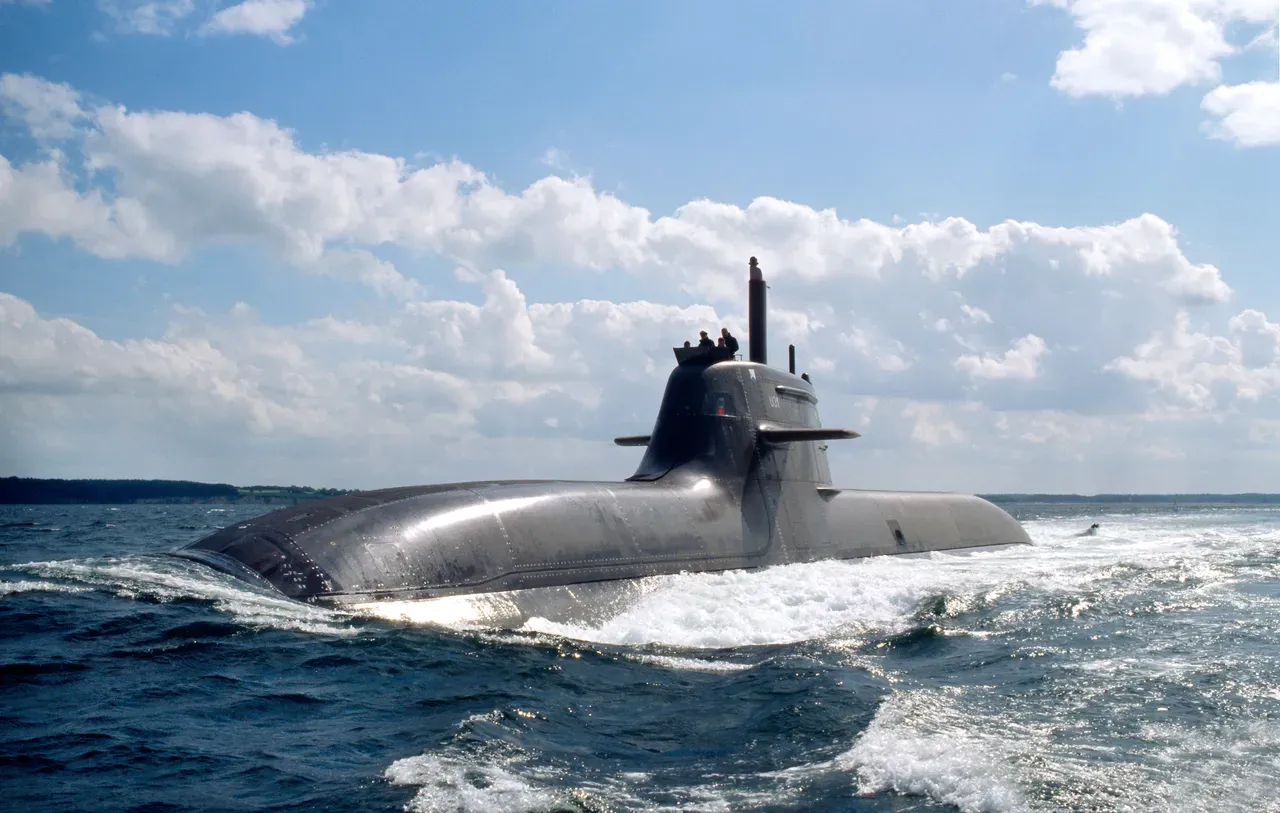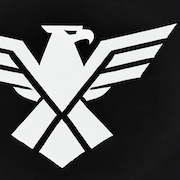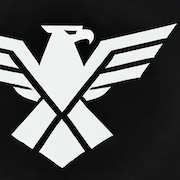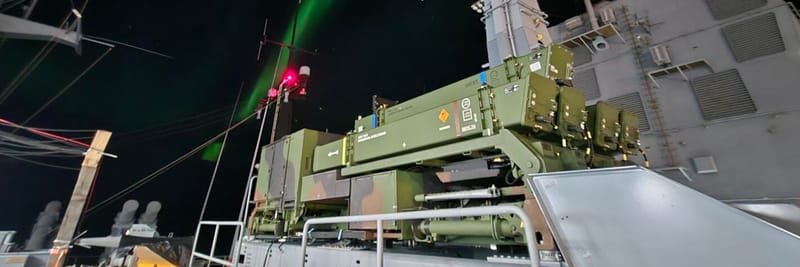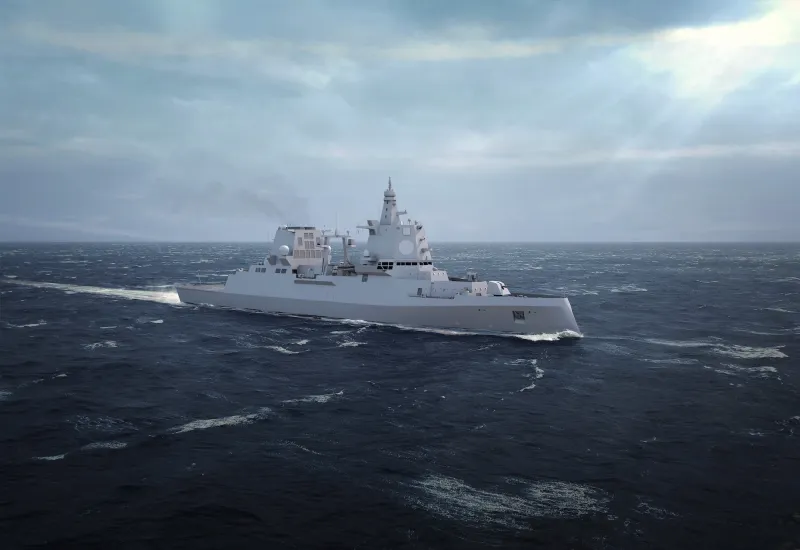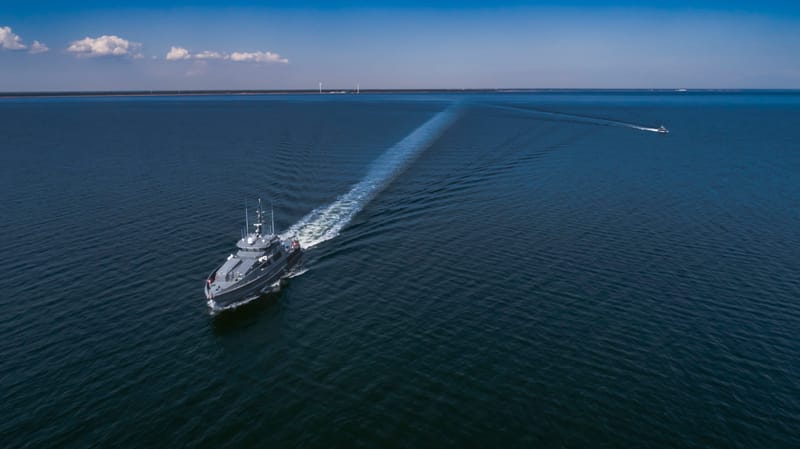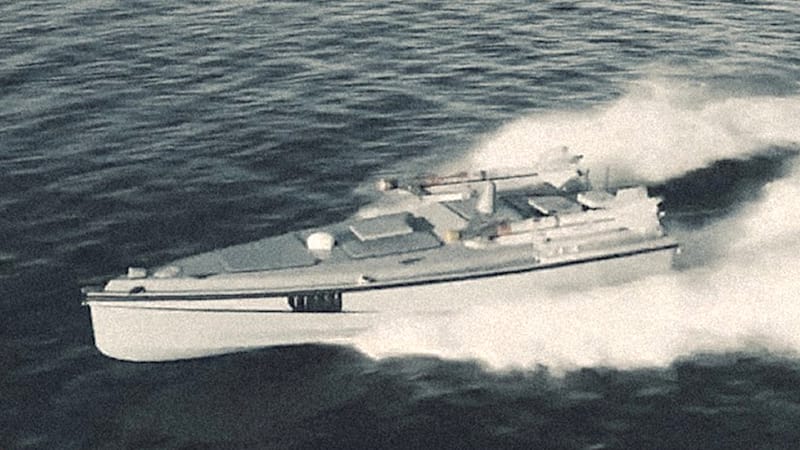Canada’s Submarine Choice: Germany and Norway Seek a Third Partner in the 212 CD Programme
Ottawa could extend the German-Norwegian Type 212 CD project into a transatlantic production and sustainment alliance—linking Europe and Canada through shared submarine design, industrial offsets, and Arctic under-ice capability.
TL;DR:
- Canada may join Germany and Norway in a long-term submarine deal (Type 212CD) to boost Arctic/North Atlantic defence, reduce U.S. dependency, and deepen NATO ties.
- Big local industrial stakes: tech transfer, domestic builds, supply chain. If chosen, it means shared costs, NATO alignment, and tight EU security-industrial links.
German Defence Minister Boris Pistorius is on a security‑policy trip to Canada, accompanied by his Norwegian counterpart Tore Sandvik. Their goal is to persuade Ottawa to join the German‑Norwegian Type 212 CD (Common Design) submarine programme, the successor to the proven Type 212A and tailored for operations in the North Atlantic and under Arctic ice.
Germany has ordered six boats and Norway four (with an option for two more), while Canada plans to acquire up to 12 submarines to replace its four ageing, British‑built Victoria‑class boats.
Only two contenders remain: the German‑Norwegian offer and a competing bid from South Korea’s Hanwha Group. Ottawa has also tied fulfilment of industrial “offset” obligations to any submarine contract, meaning bidders must offer meaningful economic benefits to Canada.
Key Talking Points: 212 CD Submarine
Joint Construction and Cost‑Sharing
Pistorius told reporters in Ottawa that Canadian participation would lower unit costs for all three partners. He emphasised that Ottawa’s insistence on offset guarantees could be met through shared shipyard capacity, unified logistics and cross‑trained crews, creating significant economies of scale.
The vision is for a 40‑ to 50‑year partnership in which the three navies co‑design, build, maintain and upgrade a common class of submarines and share crews on deployments.
Delivery Schedule
Norway expects its first Type 212 CD boat in 2029, and Germany plans to introduce its boats from 2031/32; Canada has signalled it wants the first new submarine by 2035.
Pistorius argued that an early commitment would help shipbuilder ThyssenKrupp Marine Systems (TKMS) ramp up production. He noted that TKMS intends to scale its assembly line to produce three to four boats per year starting in 2027, ensuring timely deliveries even if Canada joins.
Offsets and Counter‑Deals
The talks are part of a broader security and industrial package. Ottawa has made clear that meeting offset obligations is a precondition for awarding the contract.
TKMS has therefore offered to manufacture components—or even entire batches of submarines—in Canadian yards and to involve Canadian suppliers in the long term. In exchange, Germany would purchase Canadian technology: Pistorius confirmed that the Bundeswehr intends to buy at least 18 Bombardier Global aircraft, potentially as platforms for Saab’s GlobalEye airborne early‑warning system, and that the German Navy plans to adopt the CMS 330 combat management system from Lockheed Martin Canada.
Beyond submarines, Pistorius referenced wider cooperation in space (Germany plans to invest €35 billion in military space projects), critical minerals, hydro‑power and liquefied natural gas. Norway, for its part, is offering to share the blueprint for its new submarine‑maintenance centre in Bergen and is particularly interested in Canadian AI solutions.
Technical Advantages of the Type 212 CD
Pistorius highlighted the submarine’s stealthy hull (“real military added value” in his words) and improved air‑independent propulsion, which allow it to remain submerged for longer periods than many rivals. He also stressed its improved sensors, speed and range, and its ability to operate under ice—vital for Arctic patrols.
The minister acknowledged that South Korea builds “excellent” boats but insisted that the 212 CD offers superior stealth and endurance. TKMS says the programme is on time and on budget, and Pistorius used that to counter Korean promises of faster delivery
Technical note on the 212 CD design:
The German‑Norwegian programme, launched in 2017 and contracted in 2021, is centred on a 73‑metre‑long derivative of the Type 212A. It will incorporate the ORCCA combat system from the kta naval systems consortium (tkMS/Atlas Elektronik/Kongsberg) and a dual optronic mast suite (Hensoldt OMS 150/OMS 300) that replaces traditional periscopes with digital, non‑penetrating sensors. The OMS 300’s low visual and radar signature supports the programme’s emphasis on stealth.
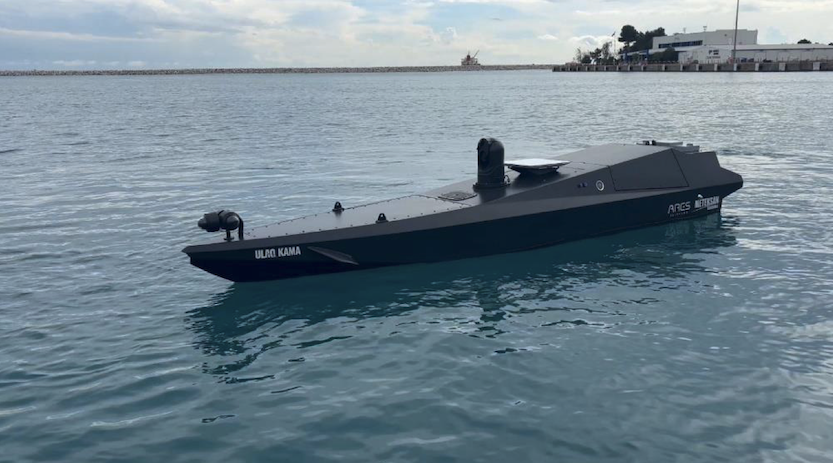
Strategic Context & Outlook
Berlin’s and Oslo’s coordinated visit to Ottawa has a clear strategic intent: to anchor Canada in a long-term European partnership for undersea defence. A trilateral programme based on the Type 212 CD would expand NATO’s presence in the North Atlantic, improve coordination in Arctic and under-ice operations, and enhance protection of seabed infrastructure such as cables and pipelines. For Canada, the proposal also reflects a broader reassessment of reliance on U.S. security guarantees and a gradual shift toward deeper cooperation with European allies.
The project carries significant industrial weight. Canada’s offset rules require local participation, technology transfer and reciprocal procurement. TKMS and its partners have indicated readiness to produce sections domestically and integrate Canadian suppliers. Meeting these conditions will be decisive in Ottawa’s choice between the German-Norwegian offer and South Korea’s Hanwha design.
If selected, the 212 CD programme would link Germany, Norway and Canada in a shared production, maintenance and upgrade system for several decades. It would lower lifecycle costs through scale and common logistics while aligning Canada’s next submarine generation with NATO’s European standard.
For Berlin, the contract would consolidate Germany’s role as Europe’s leading conventional-submarine supplier and open access to Canadian technology, energy and critical minerals. For Oslo, it would distribute fleet-sustainment costs and reinforce Norway’s role as the northern maintenance hub. For Ottawa, it would deliver a proven platform, local industrial returns, and a durable security partnership consistent with its re-engagement in European defence cooperation.
